What leads to gas taste in food when using a kitchen torch?
 Oct 01,2018
Oct 01,2018

What leads to gas taste in food when using a kitchen torch?
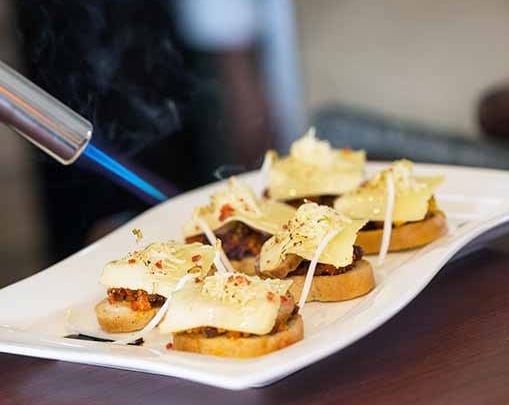
“When using my kitchen torch, sometimes I notice unpleasant propane tastes. Anything you can tell me about general kitchen torch cooking?”
Kitchen torch Searing Short-Rib
This brought to mind a similar question that I was recently asked about the use of other flammable gases in cooking. As is often the case at The Cooking Lab, one question leads to another and before I knew it, my short answer had grown beyond the scope of the original question.
We cover the topic more extensively in another artical, but here is a brief description of how the use of a kitchen torch and the type of gas therein can affect the flavor.
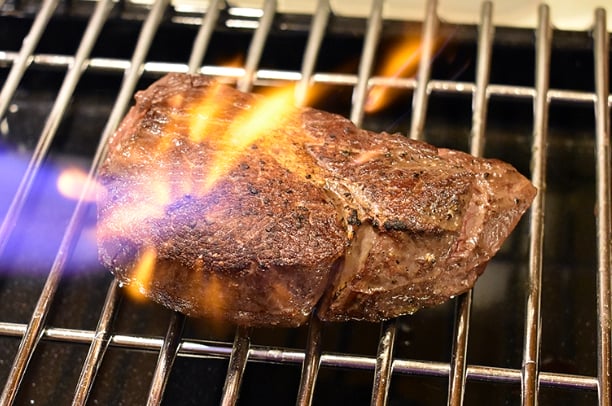
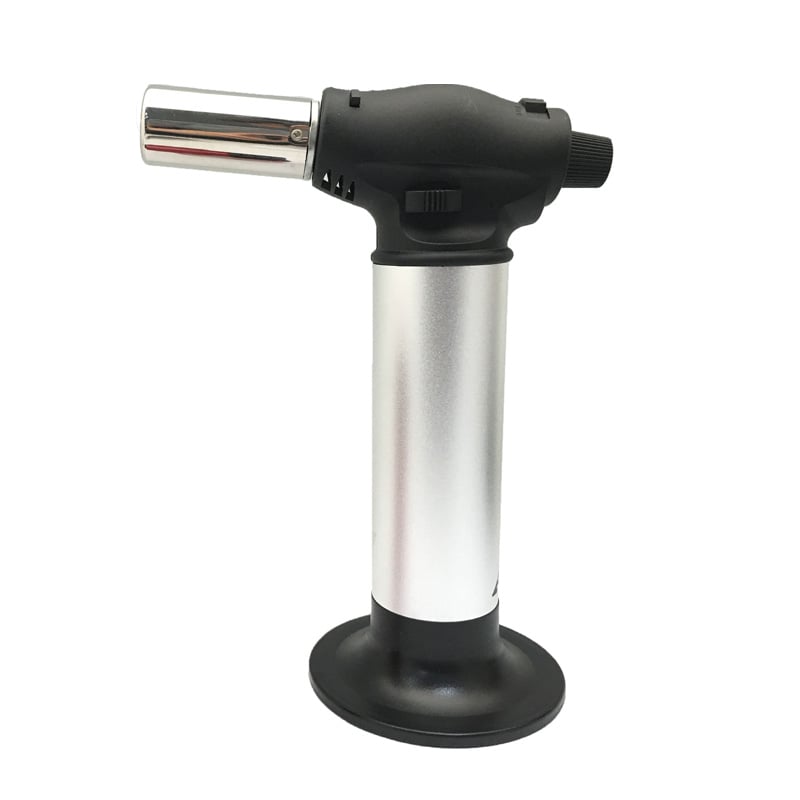
Natural gas (methane) is a common fuel for ranges and stovetops, but most kitchen torches used for cooking are fueled by propane or butane. Fuels like oxyacetylene and MAPP gas, however, typically burn hotter and thus can impart a larger amount of heat to the food for a faster sear.
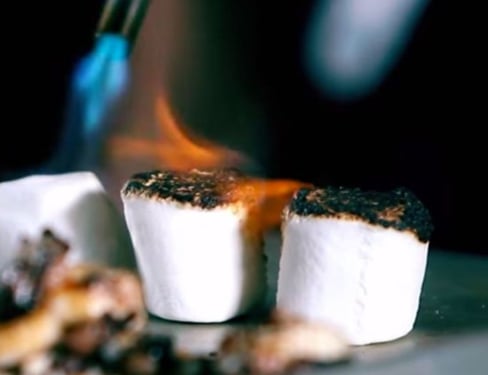
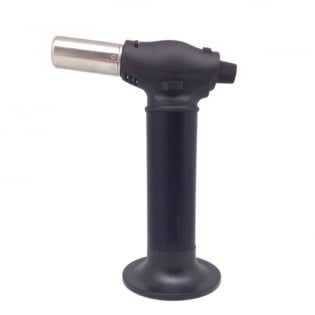
The type of gas that you choose isn’t as important as the completeness of its combustion. Propane, butane, MAPP, and acetylene are all great so long as you adjust the flame of the torch so that it is a fully oxidizing flame. This is a flame that is produced with an excess of oxygen, either from the surrounding air or supplemented with compressed oxygen. You can tell that you have an oxidizing flame when the torch is burning dark blue, is relatively short in length, and hisses and roars. Frequently, people have too large of a flame that is burning yellow at the tip. This is a reducing flame, also referred to as a carburizing flame because there are uncombusted hydrocarbons from the fuel in the flame that will end up in the food, imparting an unpleasant taste. In my experience, kitchen torches are especially prone to this, but it can happen with any kitchen torch that hasn’t been properly adjusted before aiming it at the food.
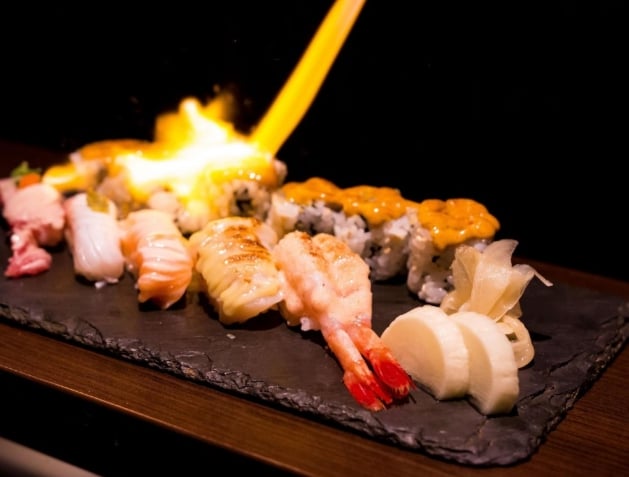
Too often, people aim the kitchen torch at the food before they have it appropriately adjusted. Not only do they often end up torching the food with a dirty flame, but there is also some raw fuel being blown onto the food before it ignites. Like an old, carbureted car (and for the same reason), it is best to light the kitchen torch and adjust the fuel-to-oxidizer ratio before getting underway.
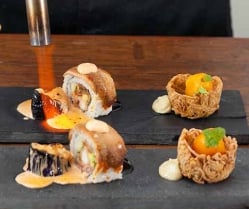
Long story short, always light your kitchen torch facing away from the food. Then adjust the torch to produce a short, hissing dark blue flame and you won’t have a problem.

9F., No.637-1, Sec. 5, Chongxin Rd., Sanchong Dist.,
New Taipei City 24158, Taiwan
TEL: 886-2-2999-7299 FAX: 886-2-2999-7339
E-mail: a-hot@ayay.com / ayay@ms31.hinet.net
Official website: http://www.a-hot.com.tw
YouTube: https://www.youtube.com/channel/UCU2nEMRTEvagOLliU3Mq4kQ/videos
Facebook: https://www.facebook.com/a.hot.hot.for.you/
Instagram: https://www.instagram.com/ahot.tw




 Home
Home Why We Select The Soldering Pencil Torch?
Why We Select The Soldering Pencil Torch?  You May Also Like
You May Also Like

 Tel
Tel
 Email
Email
 Address
Address




 886-2-2999-7299 / 886-2-2999-0156
886-2-2999-7299 / 886-2-2999-0156 ayay@ms31.hinet.net / a-hot@ayay.com
ayay@ms31.hinet.net / a-hot@ayay.com 9F., No.637-1, Sec. 5, Chongxin Rd., Sanchong Dist., New Taipei City 24158, Taiwan
9F., No.637-1, Sec. 5, Chongxin Rd., Sanchong Dist., New Taipei City 24158, Taiwan



